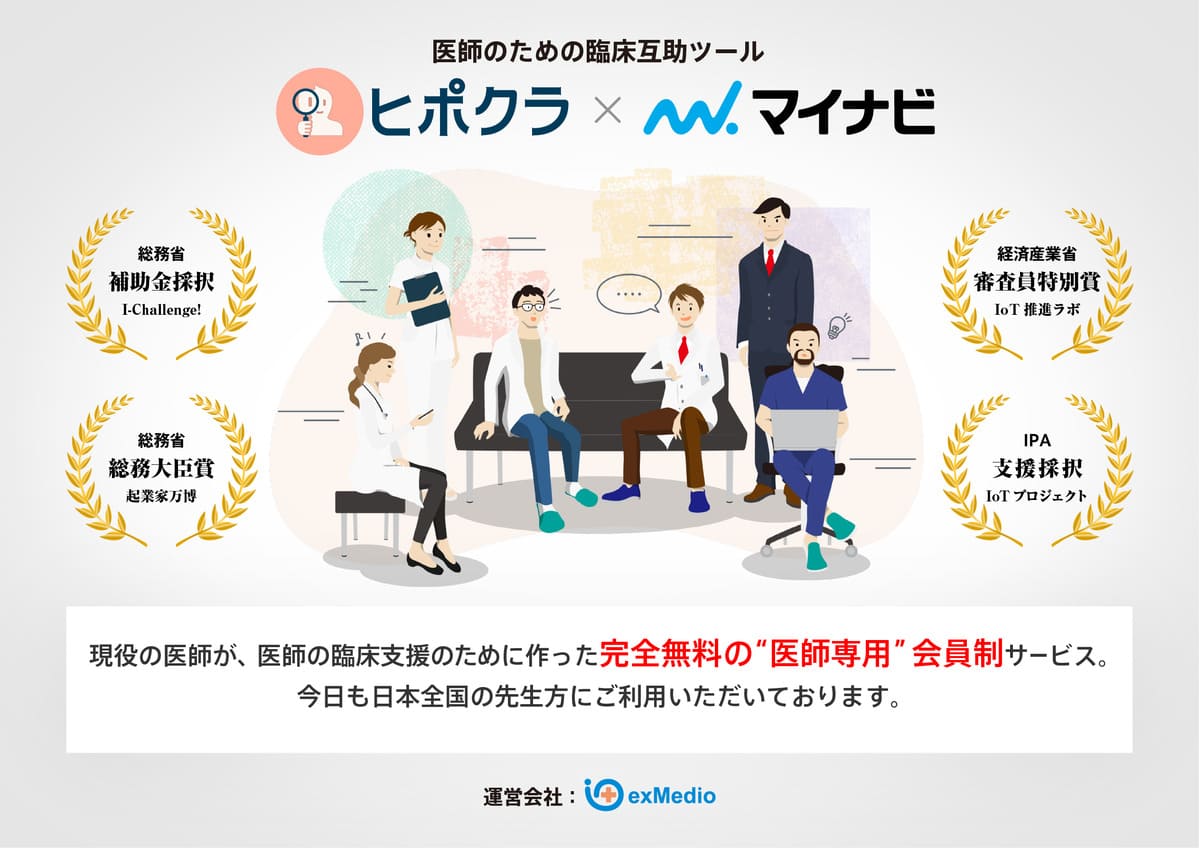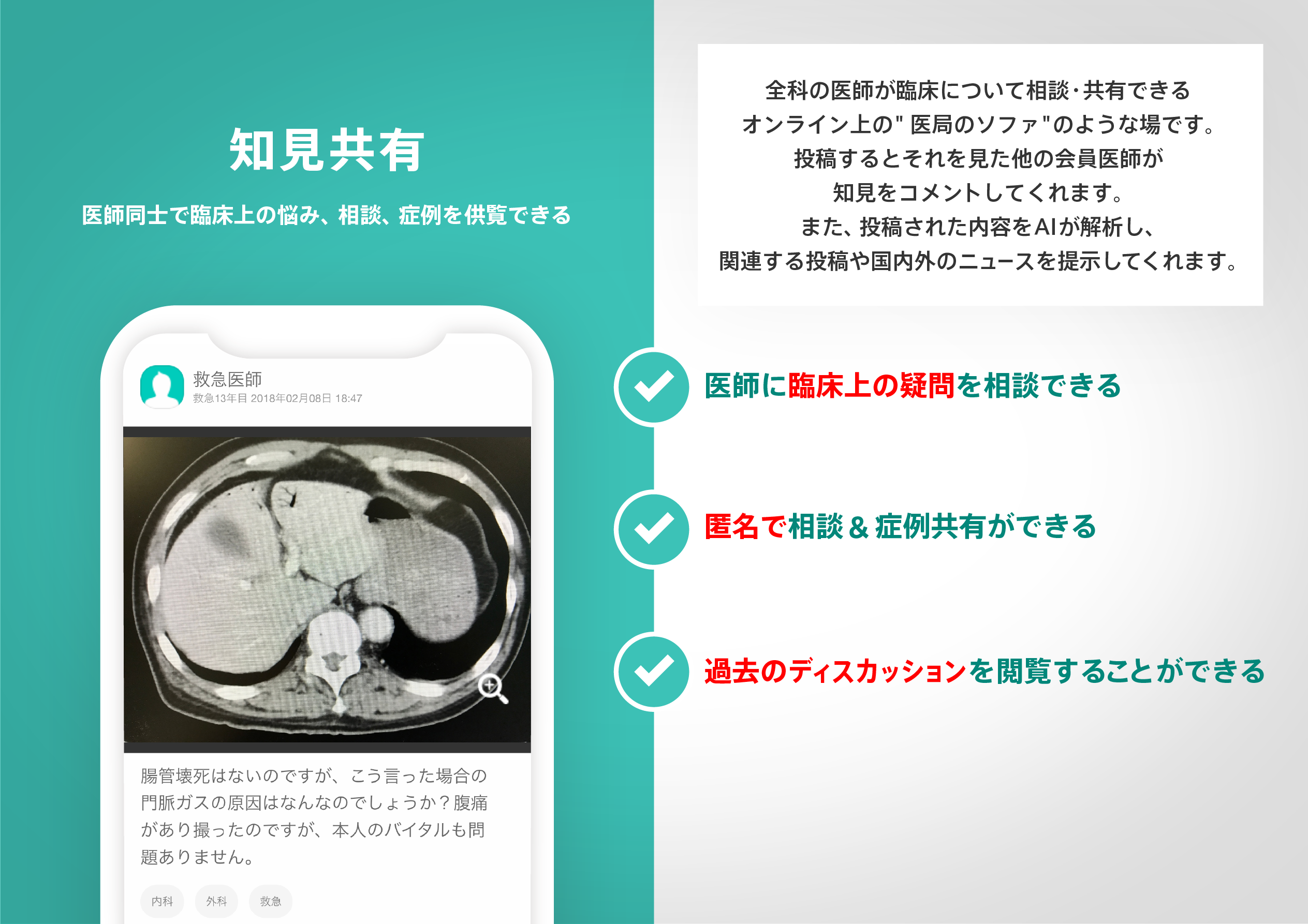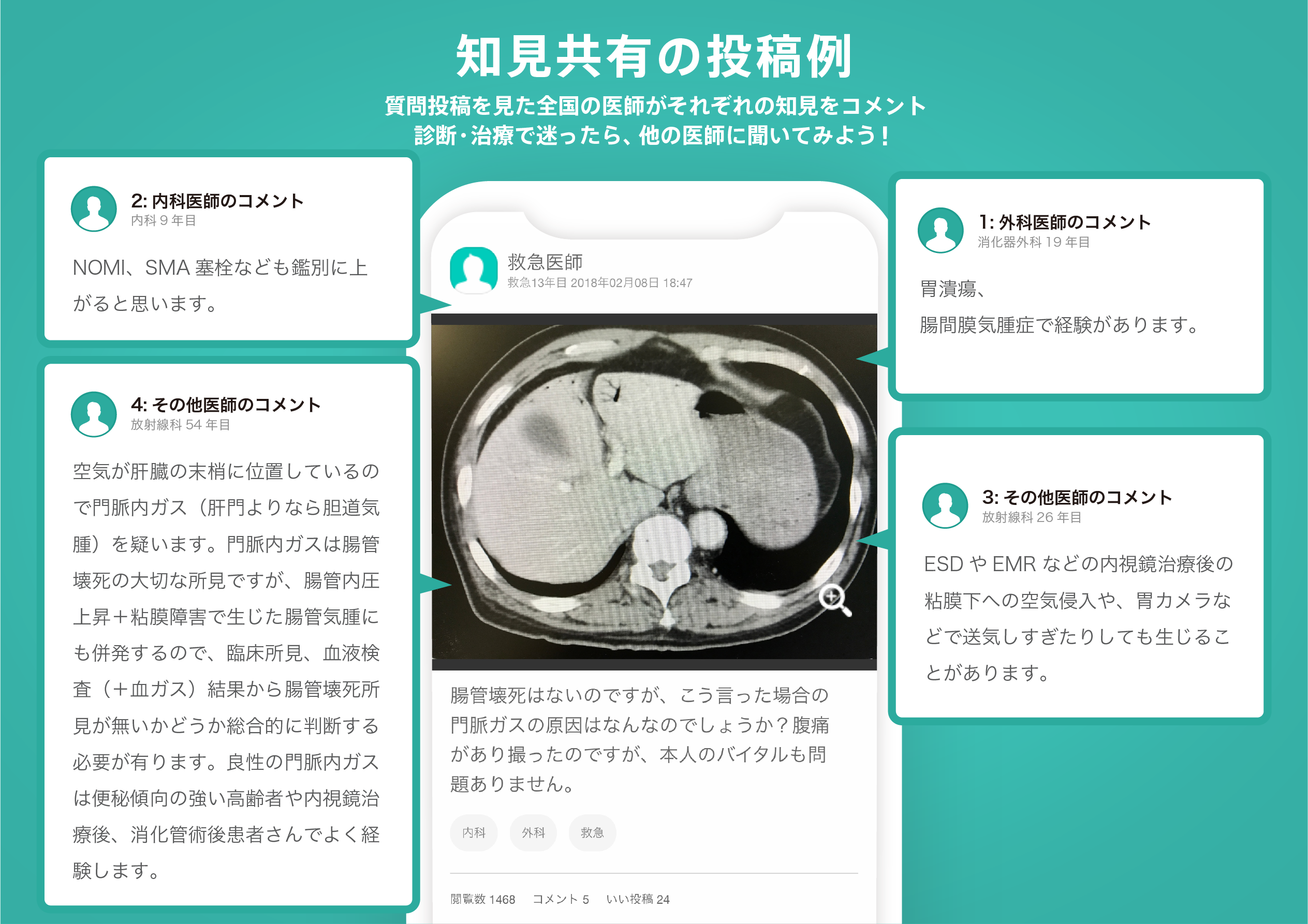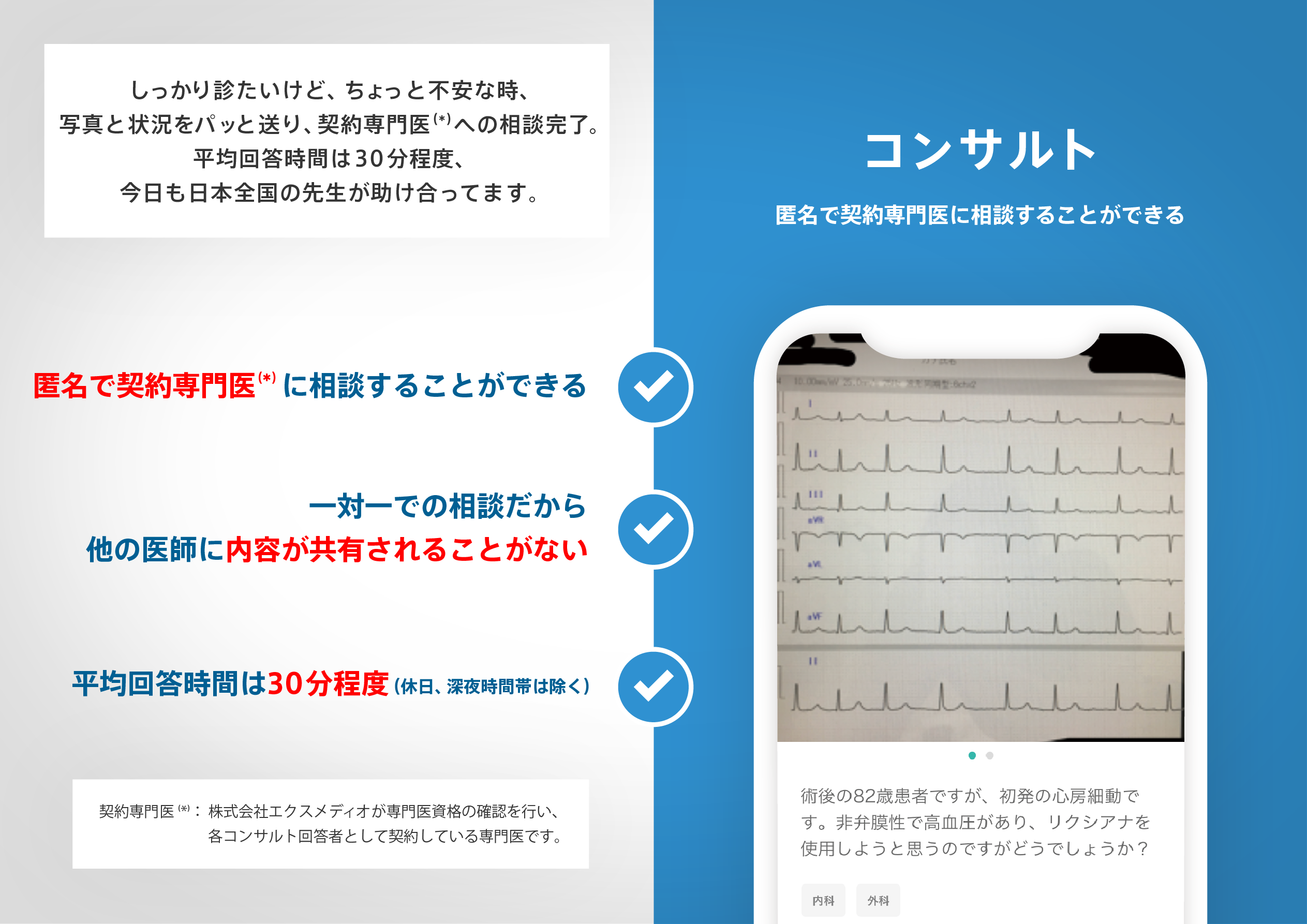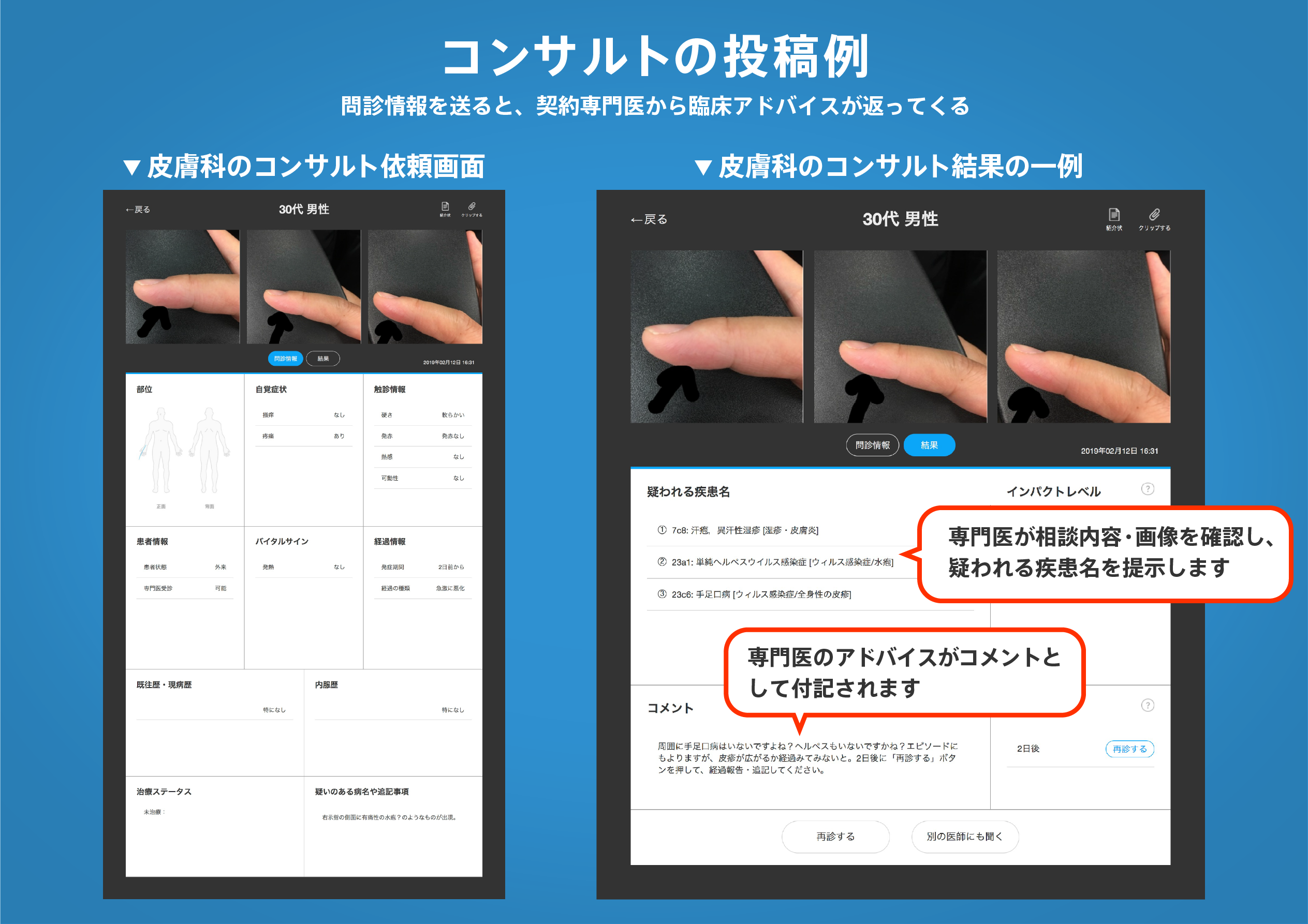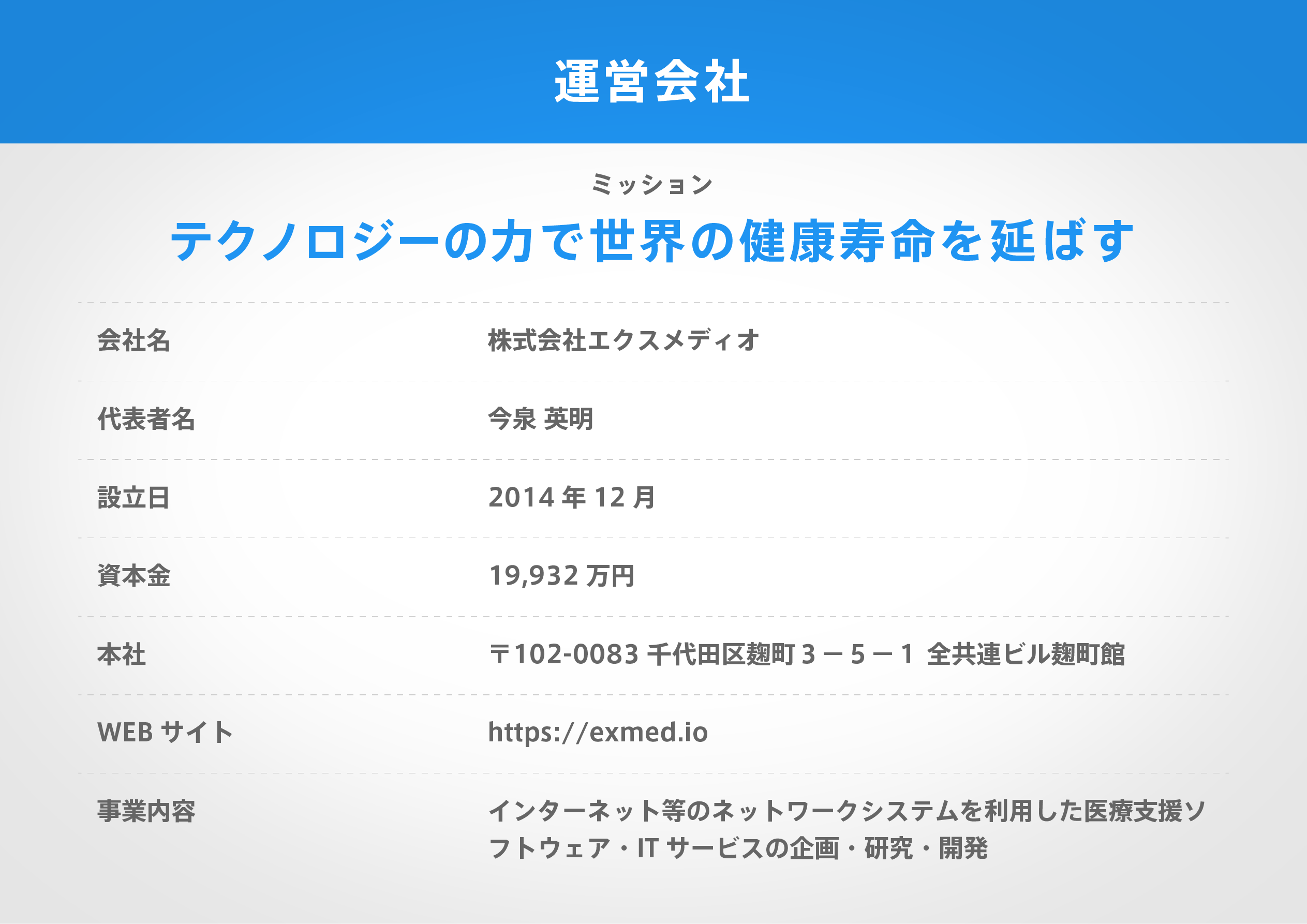著名医師による解説が無料で読めます
すると翻訳の精度が向上します
65歳以上の高齢者と慢性病状の60〜64歳の高齢者は、若い健康な成人と比較した場合、インフルエンザウイルス感染により重度の合併症を発症するリスクが高いことを示唆しています。季節性インフルエンザは日本での全国的な受動的監視を通じて監視されていますが、インフルエンザ関連の結果と医療資源消費は完全には文書化されていません。このレトロスペクティブデータベース研究は、60歳以上の医学的に参加したインフルエンザ症例の疫学的および臨床的特徴と日本の関連する医療資源消費を説明することを目的としています。疾患コードの国際分類に基づいて臨床的に診断されたインフルエンザ(CDI)、およびインフルエンザ検査結果に基づいて実験室で確認されたインフルエンザ(LCI)を使用して、合計9シーズン(2010/2011から2018/2019)。77の医療機関から合計372,356 CDIおよび31,122のLCI症例が特定されました。最も多くの医学的に出席したインフルエンザのエピソードは、65〜74歳と75〜84歳の患者にありました。平均して、季節を超えて、全原因の入院の5.9%がCDIに起因し、0.4%はLCIでした。インフルエンザウイルスA型およびBは、さまざまな程度の強度で毎年共循環し、心血管関連を含む同様のレベルの合併症と関連していました。酸素療法は年齢とともに増加しました。対照的に、若いグループでは、機械的換気、透析、輸血、集中治療室の入院が高かった。CDIおよびLCIで85歳以上の入院患者の院内死亡率は、それぞれ18.6%と15.5%でした。この集団における医学的に出席したインフルエンザに関連する負担を考慮すると、インフルエンザの予防、臨床検査、臨床管理は、この老化した集団を保護するために、一般的な実践者や心臓専門医のような専門家によって強調されるべきです。
65歳以上の高齢者と慢性病状の60〜64歳の高齢者は、若い健康な成人と比較した場合、インフルエンザウイルス感染により重度の合併症を発症するリスクが高いことを示唆しています。季節性インフルエンザは日本での全国的な受動的監視を通じて監視されていますが、インフルエンザ関連の結果と医療資源消費は完全には文書化されていません。このレトロスペクティブデータベース研究は、60歳以上の医学的に参加したインフルエンザ症例の疫学的および臨床的特徴と日本の関連する医療資源消費を説明することを目的としています。疾患コードの国際分類に基づいて臨床的に診断されたインフルエンザ(CDI)、およびインフルエンザ検査結果に基づいて実験室で確認されたインフルエンザ(LCI)を使用して、合計9シーズン(2010/2011から2018/2019)。77の医療機関から合計372,356 CDIおよび31,122のLCI症例が特定されました。最も多くの医学的に出席したインフルエンザのエピソードは、65〜74歳と75〜84歳の患者にありました。平均して、季節を超えて、全原因の入院の5.9%がCDIに起因し、0.4%はLCIでした。インフルエンザウイルスA型およびBは、さまざまな程度の強度で毎年共循環し、心血管関連を含む同様のレベルの合併症と関連していました。酸素療法は年齢とともに増加しました。対照的に、若いグループでは、機械的換気、透析、輸血、集中治療室の入院が高かった。CDIおよびLCIで85歳以上の入院患者の院内死亡率は、それぞれ18.6%と15.5%でした。この集団における医学的に出席したインフルエンザに関連する負担を考慮すると、インフルエンザの予防、臨床検査、臨床管理は、この老化した集団を保護するために、一般的な実践者や心臓専門医のような専門家によって強調されるべきです。
Evidence suggests that older people aged ≥65 years and those aged 60-64 years with chronic medical conditions are at higher risk of developing severe complications due to influenza virus infection when compared with young, healthy adults. Although seasonal influenza is monitored through a nationwide passive surveillance in Japan, influenza related outcomes and medical resource consumption have not been fully documented. This retrospective database study aimed to describe the epidemiological and clinical characteristics of medically attended influenza cases aged ≥60 years and the associated medical resource consumption in Japan. We used clinically diagnosed influenza (CDI) based on the international classification of disease codes, and laboratory-confirmed influenza (LCI) based on influenza test results, to identify the patient population during a total of nine seasons (2010/2011 to 2018/2019). A total of 372,356 CDI and 31,122 LCI cases were identified from 77 medical institutions. The highest numbers of medically-attended influenza episodes were in patients aged 65-74 years and 75-84 years. On average, across seasons, 5.9% of all-cause hospitalizations were attributable to CDI and 0.4% were LCI. Influenza viruses type A and B co-circulated annually in varying degree of intensity and were associated with similar level of complications, including cardiovascular-related. Oxygen therapy increased with age; by contrast, mechanical ventilation, dialysis, blood transfusion, and intensive care unit admission were higher in the younger groups. In-hospital mortality for inpatients aged ≥ 85 years with CDI and LCI were 18.6% and 15.5%, respectively. Considering the burden associated with medically-attended influenza in this population, influenza prevention, laboratory confirmation and clinical management should be emphasized by general practicians and specialists like cardiologists to protect this aging population.
医師のための臨床サポートサービス
ヒポクラ x マイナビのご紹介
無料会員登録していただくと、さらに便利で効率的な検索が可能になります。
